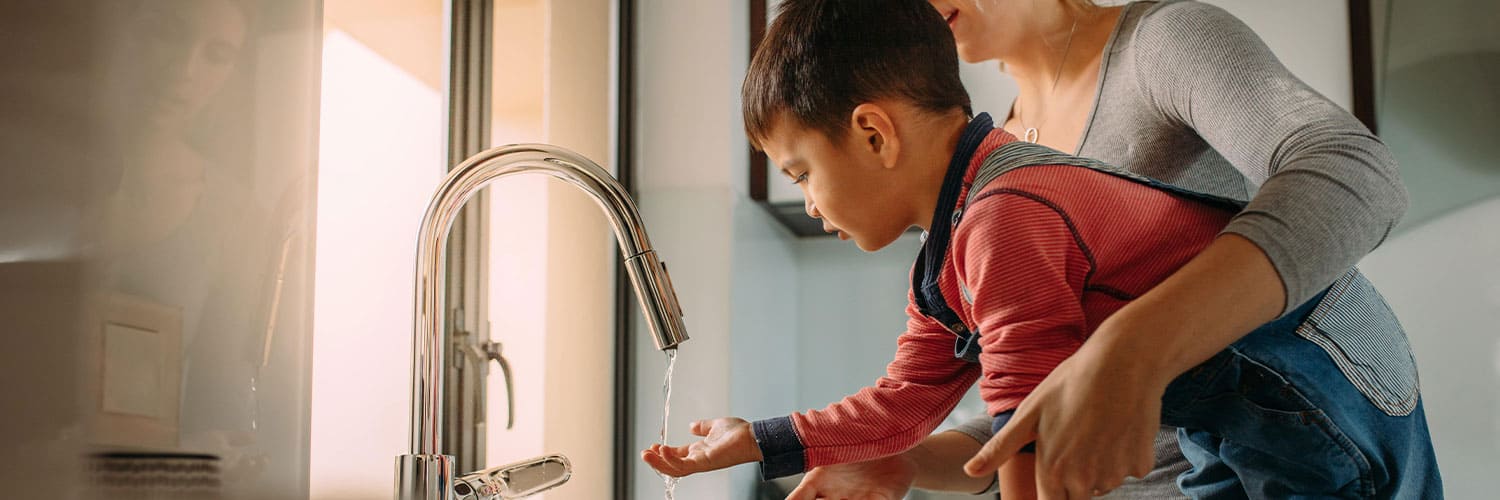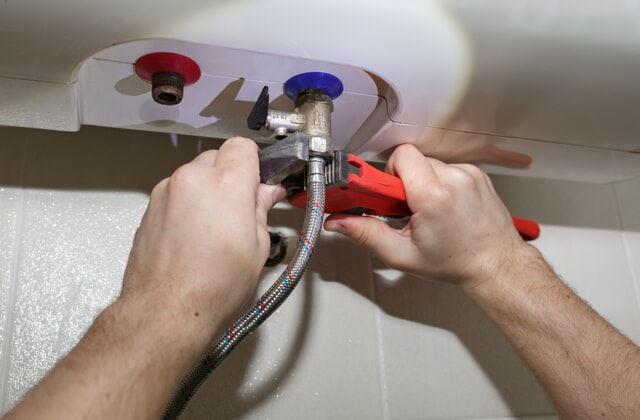Essential Care Techniques for Your Home's Hot Water SystemMaintaining Your Home's Hot Water System: Essential Guidelines
Essential Care Techniques for Your Home's Hot Water SystemMaintaining Your Home's Hot Water System: Essential Guidelines
Blog Article
Just how do you feel about How to Maintain Your Water Heater & Prolong its Life?

Warm water is important for daily convenience, whether it's for a refreshing shower or washing dishes. To guarantee your hot water system runs successfully and lasts longer, normal maintenance is vital. This article supplies sensible suggestions and understandings on exactly how to keep your home's hot water system to stay clear of interruptions and pricey repair services.
Introduction
Preserving your home's warm water system may appear difficult, however with a few basic actions, you can ensure it runs efficiently for many years ahead. This overview covers whatever from comprehending your warm water system to DIY upkeep tips and understanding when to call specialist help.
Value of Keeping Your Hot Water System
Routine upkeep not just expands the life expectancy of your warm water system yet likewise guarantees it runs efficiently. Ignoring upkeep can result in decreased effectiveness, greater power costs, and also early failure of the system.
Indications Your Warm Water System Demands Upkeep
Knowing when your warm water system needs interest can stop significant issues. Watch out for indicators such as irregular water temperature, strange noises from the heater, or rusty water.
Understanding Your Hot Water System
Before diving right into upkeep jobs, it's practical to comprehend the standard parts of your hot water system. Generally, this consists of the water heater itself, pipes, anode rods, and temperature level controls.
Month-to-month Upkeep Tasks
Regular month-to-month checks can help capture small issues before they intensify.
Purging the Water Heater
Flushing your water heater removes debris accumulation, enhancing effectiveness and extending its life.
Checking and Replacing Anode Rods
Anode poles protect against deterioration inside the tank. Inspecting and changing them when worn is important.
Examining and Adjusting Temperature Setups
Changing the temperature settings makes certain optimum performance and safety.
Do It Yourself Tips for Upkeep
You can carry out several upkeep jobs yourself to keep your warm water system in top condition.
Checking for Leaks
Routinely inspect pipelines and links for leakages, as these can cause water damage and higher bills.
Testing Stress Alleviation Valves
Checking the pressure safety valve guarantees it works properly and prevents excessive stress accumulation.
Shielding Pipes
Insulating hot water pipelines minimizes warm loss and can conserve energy.
When to Call a Professional
While do it yourself upkeep is useful, some issues call for professional know-how.
Complex Concerns Calling For Expert Help
Instances consist of major leaks, electric troubles, or if your hot water heater is constantly underperforming.
Regular Specialist Maintenance Benefits
Expert upkeep can include thorough assessments, tune-ups, and ensuring conformity with safety requirements.
Conclusion
Regular upkeep of your home's hot water system is vital for efficiency, durability, and price savings. By following these suggestions and recognizing when to seek expert aid, you can guarantee a trustworthy supply of hot water without unexpected interruptions.
How to Maintain an Instant Hot Water Heater
Before tinkering with your hot water heater, make sure that it’s not powered on. You also have to turn off the main circuit breaker and shut off the main gas line to prevent accidents. Also turn off the water valves connected to your unit to prevent water from flowing into and out of the appliance. 2. When you’re done, you have to detach the purge valves’ caps. These look like the letter “T” and are situated on either side of the water valves. Doing so will release any pressure that has accumulated inside the valves while at the same time avoid hot water from shooting out and burning your skin. 3. When the purge valves’ caps are removed, you have to connect your hosing lines to the valves. Your unit should have come with three hoses but if it didn’t, you can purchase these things from any hardware or home repair shops. You can also get them from retail stores that sell water heating systems. Read the user’s manual and follow it to complete this task properly. When the hosing lines are connected, open the purge port’s valves. 4. You should never use harsh chemical cleaners or solutions when cleaning your unit. Make use of white vinegar instead. It should be undiluted and you’ll probably use about 2 gallons. 5. Now flush your water heater. This task should probably take about 40 minutes. We can’t give you specific directions for this because the procedure is carried out depending on the type, model and brand of your heater. With that being said, refer to the user’s manual. 6. When you’re done draining the unit, you have to turn off the purge port valves again. Remove the hosing lines that you earlier installed on each of the water valves. Put the valve caps (purge port) back in their respective places and be very careful so as not to damage the rubber discs that are found inside these caps. 7. Now that everything’s back in place, check your user’s manual again to find out how to reactivate your water heating system. 8. Once it is working, turn one of your hot water faucets on just to let air pass through the heater’s water supply pipes. Leave the tap on until water flows smoothly out of it. https://www.orrplumbing.com/blog/2014/september/how-to-maintain-an-instant-hot-water-heater/

I ran across that article about Water Heater Maintenance Tips You Can't Afford to Forget when browsing the internet. Loved our content? Please quickly share it. Help another person find it. Bless you for being here. Please check up our blog back soon.
Click Here Report this page